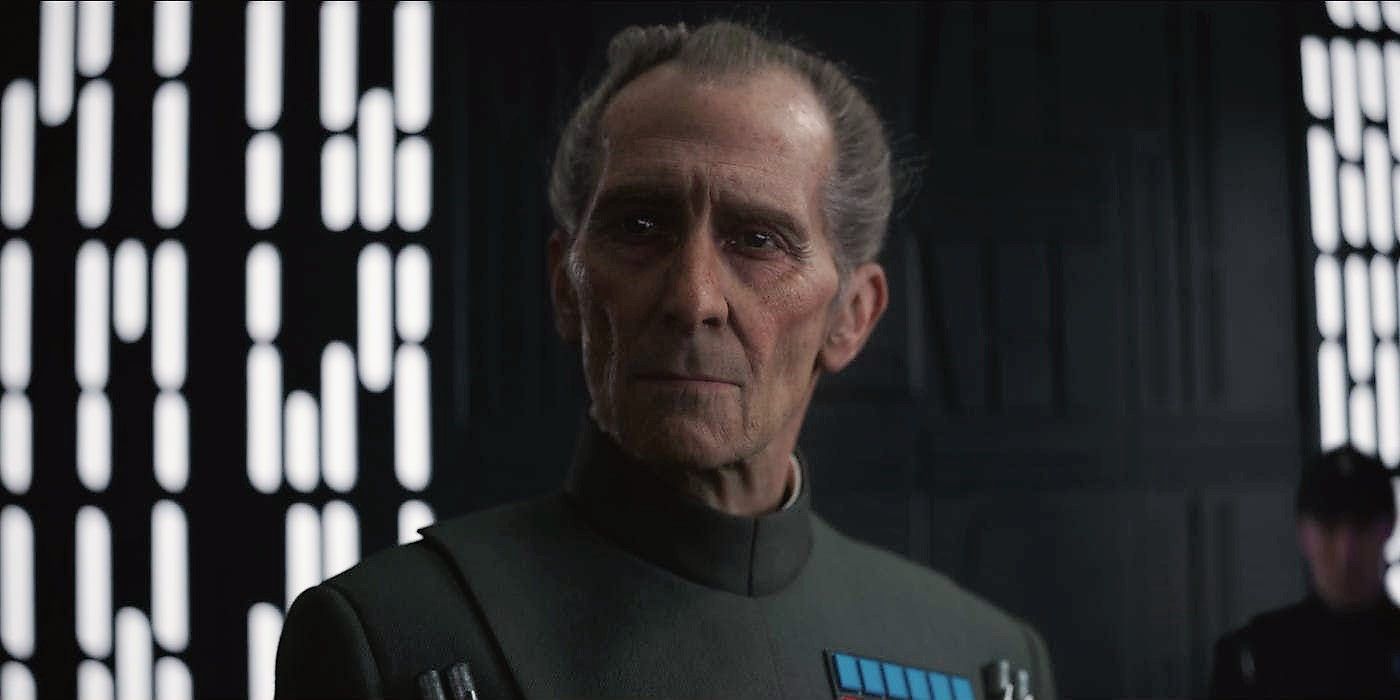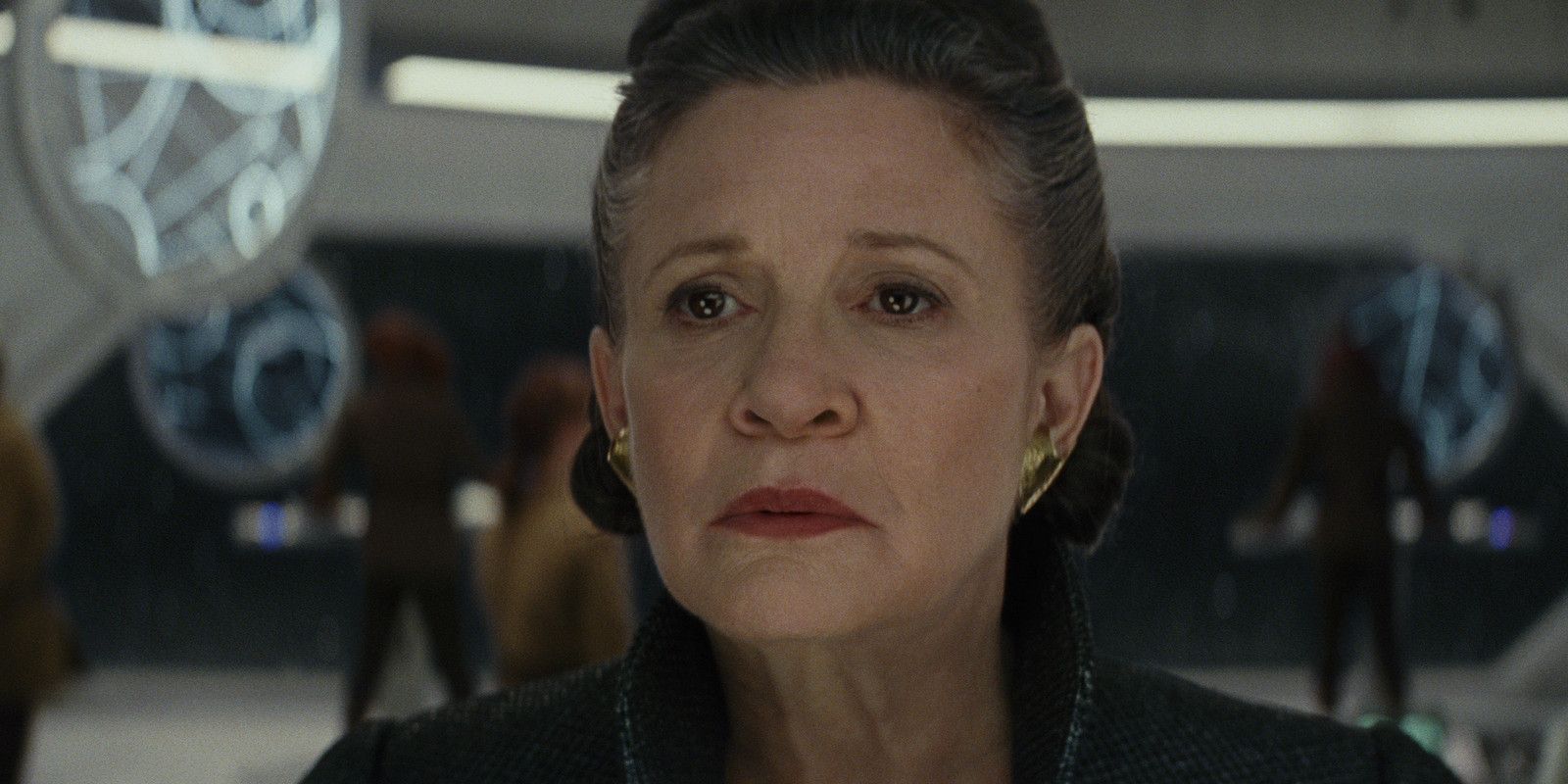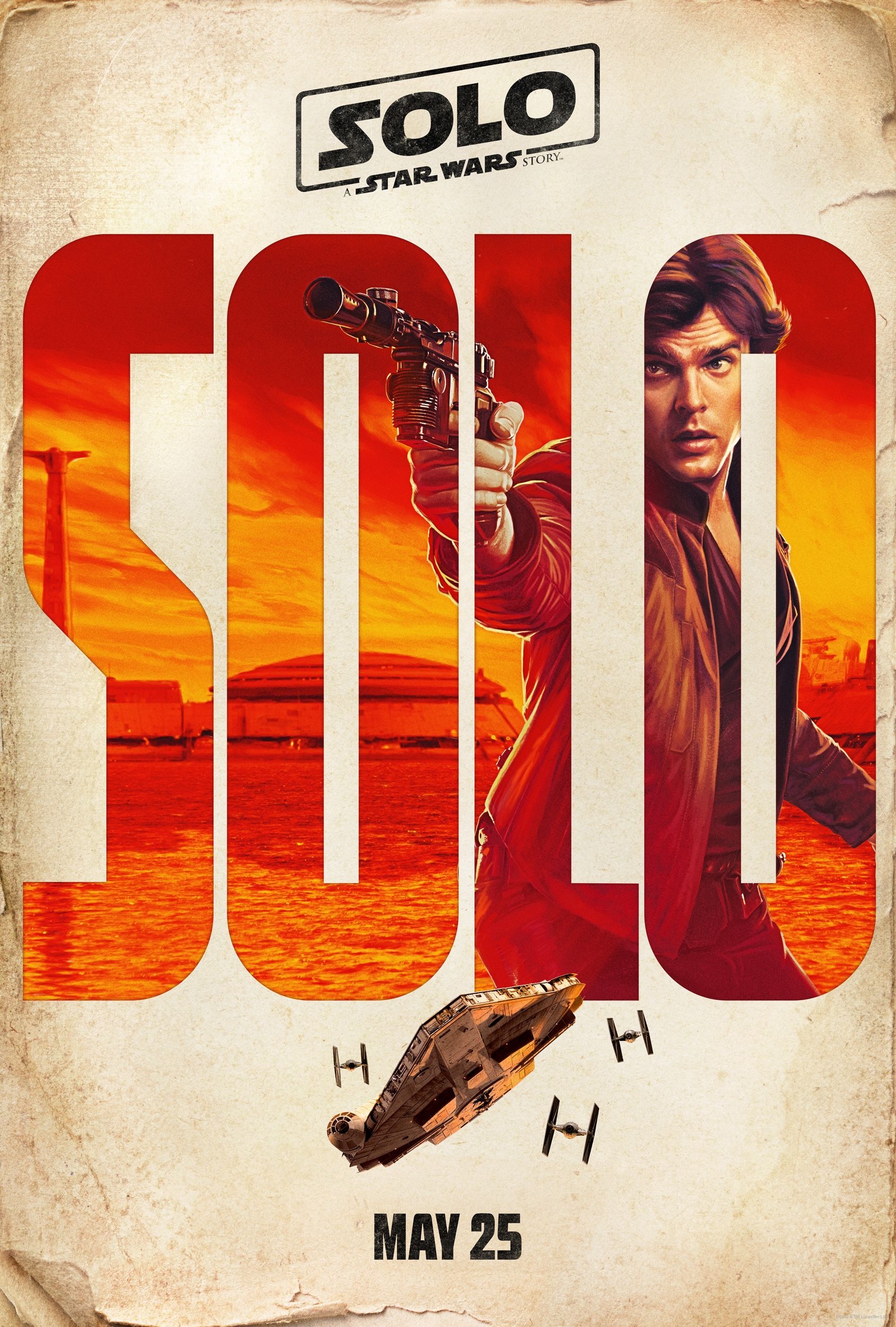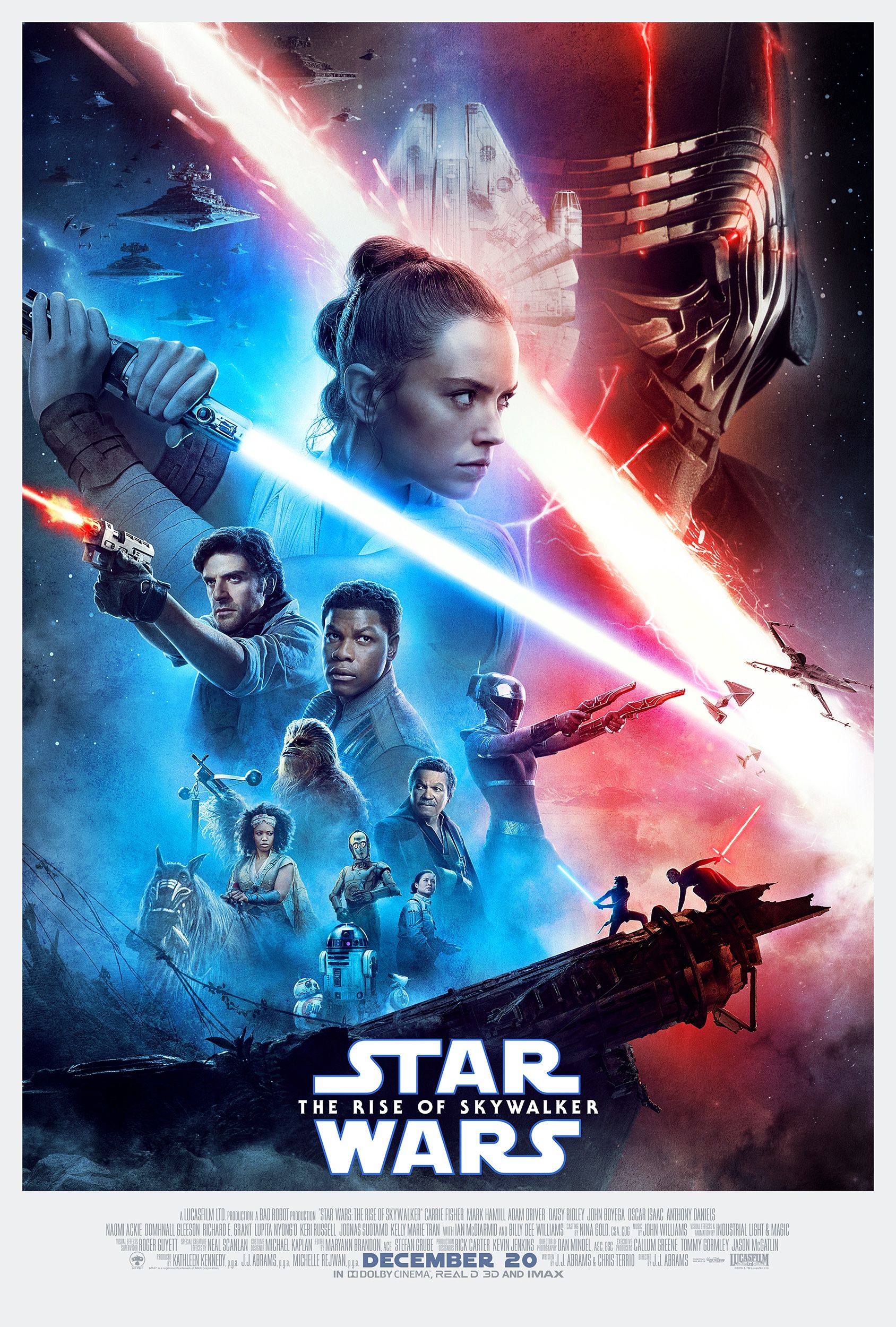Star Wars: The Last Jedi VFX supervisor Ben Morris reveals it's standard procedure at the studio to digitally scan the lead actors of the films to have on file. The galaxy far, far away has always been at the forefront of pushing the boundaries of filmmaking technology, but it wasn't too long ago Lucasfilm generated some controversy due to their innovative advancements. As many know by now, 2016's Rogue One featured a CGI recreation of the late Peter Cushing as Grand Moff Tarkin, and the final scene starred a digitally de-aged Carrie Fisher as the 19-year old Princess Leia from A New Hope. There's no denying this was an impressive feat, but the technique raised serious ethical questions.
Rogue One's proximity to the death of Carrie Fisher caused many to believe Lucasfilm would use CGI to put Fisher in next winter's Episode IX, but the studio came out to debunk those rumors before they gained more traction. Still, there are times where a digital double will be required, and that's why the wizards at ILM make sure to scan every star of Star Wars for reference.
Related: A Look Behind Rogue One's Tarkin VFX
In an interview with Inverse, Morris explained the studio's process, saying it's necessary because they don't know what they'll need in post. Last Jedi head digital animator Stephen Alpin elaborated by discussing how this helped them create the Episode VIII scene where Leia is sucked into space and uses the Force to fly back to the Raddus. It was a combination of Carrie Fisher's physical performance and digital elements.
"We had Rian [Johnson’s] shot of Carrie doing the scene. That was for us to be able to add some of the idea that she’s freezing over, as she’s in that vacuum of space, meant that we had to do CG work and re-project her onto a CG version of the character. We kept her performance pretty much intact and were matching, where needed, with any animation stuff. It was pretty much all Carrie.”
Earlier this year, Solo: A Star Wars Story actor Donald Glover joked that he could make a posthumous return as Lando Calrissian since his face and body were scanned prior to production. However, what happened with Rogue One isn't going to be the norm. As ILM's John Knoll told us, shots like the ones of Tarkin in the spinoff are very tough to finish, and it's simply just easier to film flesh-and-blood actors. From the sound of it, the visual effects company has much more practical uses for the technology as it pertains to the current films in production. Given the amount of action that takes place in Star Wars films, there will always be times where CGI is needed for a stunt, and it's nice to know it's possible to make digital recreations of actors look as real as possible.
As for any concerns raised by Rogue One's implementation, it may be a moot point by the time Lucasfilm enters the post-Episode IX world. Rian Johnson's new trilogy and the film series from David Benioff & D.B.Weiss are said to be entirely separate from the Skywalker saga, meaning they'll likely feature new characters and locations to help flesh the universe out even further. Of course, those actors will be scanned into the system too, but most of them should be able to rest easy knowing they (likely) won't be brought back from beyond the grave for a future film.
MORE: Mark Hamill Supports Digitally De-Aged Luke Skywalker
Source: Inverse




